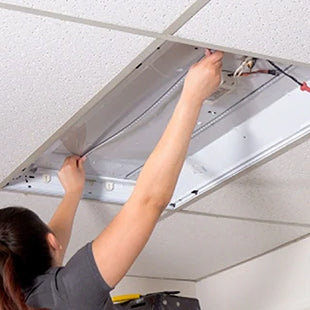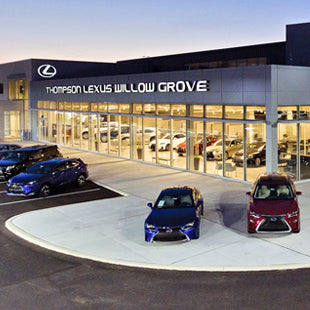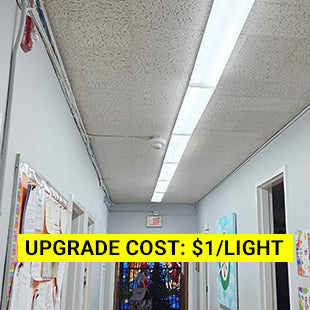Decoding the Differences in 8ft Bulbs: Which One is Right for You
When it comes to lighting up larger spaces like warehouses, garages, or commercial establishments, the choice of bulbs plays a significant role. Traditional fluorescent bulbs have been the go-to option for many years, but LED bulbs are now a much better alternative. In this blog post, we will delve into the differences between fluorescent and LED bulbs specifically in the context of 8ft T12 bulbs. So, if you're wondering whether to replace an 8-foot fluorescent bulb with an LED, read on.
Understanding 8ft T12 Bulbs
Before we dive into the differences, let's understand what 8ft T12 bulbs are. These bulbs are commonly used in commercial and industrial settings where bright and efficient lighting is essential. The "T12" refers to the bulb's diameter in eighths of an inch, indicating a tube diameter of 1.5 inches. Now, let's explore the key distinctions between fluorescent and LED 8ft T12 bulbs.
1. Energy Efficiency
Fluorescent: Traditional fluorescent bulbs are notorious for their energy consumption. They require a significant amount of electricity to produce light, leading to higher energy bills.
LED: LED bulbs consume far less electricity while producing the same, if not more, brightness as fluorescent bulbs. By switching to LEDs, you can significantly reduce your energy costs.
2. Lifespan
Fluorescent: The average lifespan of an 8ft fluorescent bulb ranges from 7,000 to 15,000 hours, depending on usage.
LED: LED bulbs outshine the longevity fluorescents, boasting an impressive lifespan of 50,000 hours on average, meaning fewer replacements and reduced maintenance costs.
3. Instant Lighting
Fluorescent: Fluorescent bulbs often take a moment to warm up and reach their full brightness, particularly in colder temperatures.
LED: LED bulbs provide instant and consistent illumination, even in cold environments. This feature is especially valuable in spaces where immediate lighting is crucial
4. Color Temperature and Quality
Fluorescent: Traditional fluorescents emit a harsh, flickering light that can strain the eyes and cause discomfort over time. They may also have limited color temperature options.
LED: LED bulbs offer a wider range of color temperatures, allowing you to choose lighting that suits your space and purpose. They provide more accurate color rendering, creating a more pleasant and visually appealing environment.
5. Environmental Impact
Fluorescent: Fluorescent bulbs contain mercury, a hazardous substance that poses disposal challenges and environmental risks if not handled properly. (See how to recycle old tubes.)
LED: LED bulbs are mercury-free, making them a safer and more environmentally friendly option. Additionally, their energy efficiency contributes to reduced carbon emissions.
Replacing 8ft Fluorescent Bulbs with LEDs
If you're considering replacing your 8-foot fluorescent bulbs with LEDs, here's a step-by-step guide:
- Choose the Right LED Bulbs: Look for LED tubes that are designed to retrofit into existing fluorescent fixtures. Make sure they are compatible with your ballast type.
- Verify Ballast Compatibility: Some LED tubes require a ballast bypass, while others are designed to work with existing ballasts. Follow manufacturer instructions to ensure proper installation.
- Install Properly: Follow safety guidelines and manufacturer instructions to install the LED tubes securely. If needed, consult a professional electrician for assistance.
- Enjoy the Benefits: Once installed, you'll start experiencing the advantages of LED lighting, including energy savings, improved lighting quality, and reduced maintenance.
When it comes to choosing between fluorescent and LED 8ft T12 bulbs, the advantages of LED lighting are hard to ignore. From energy efficiency and extended lifespan to superior lighting quality and reduced environmental impact, LEDs offer a compelling solution for upgrading your lighting setup.





